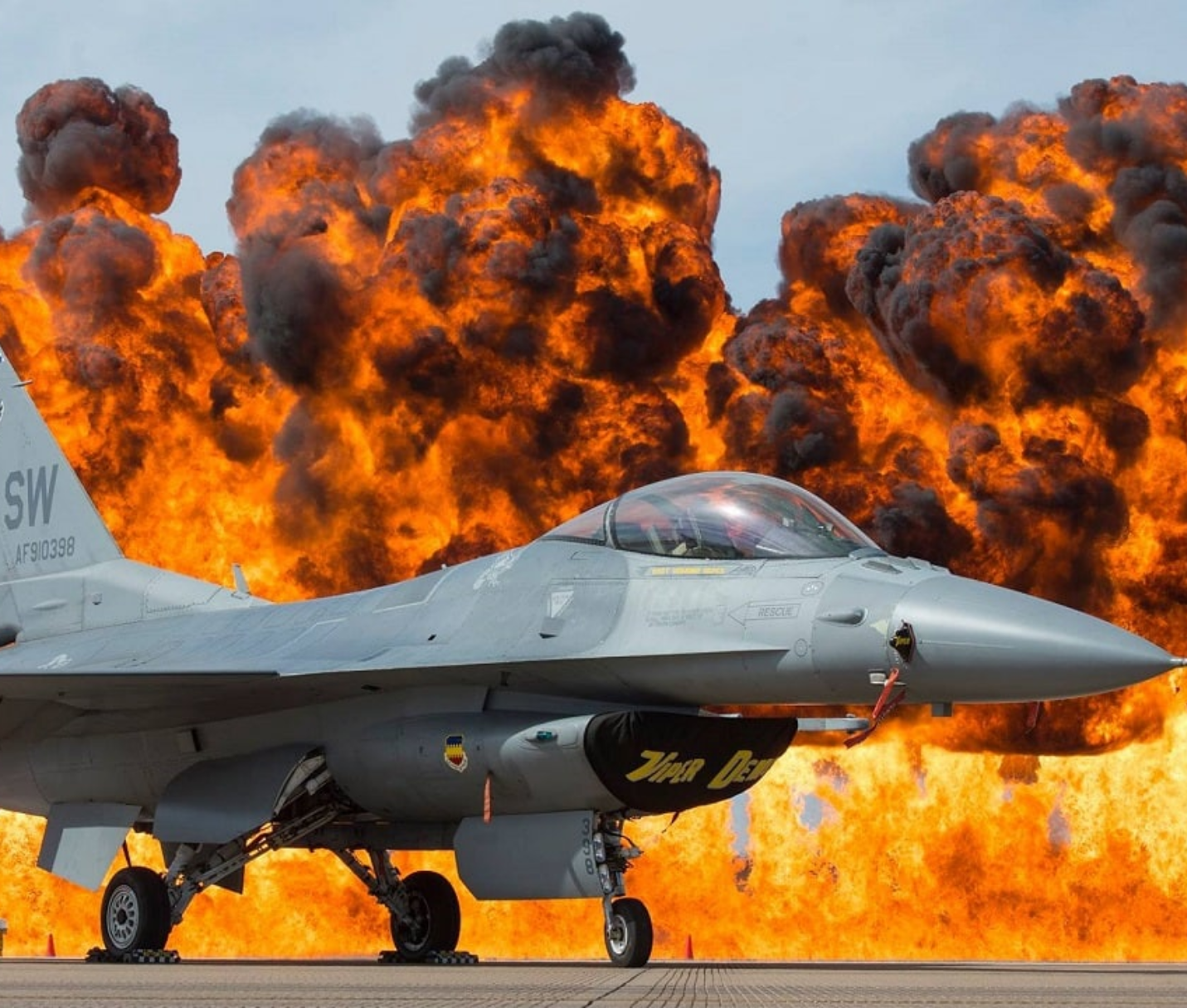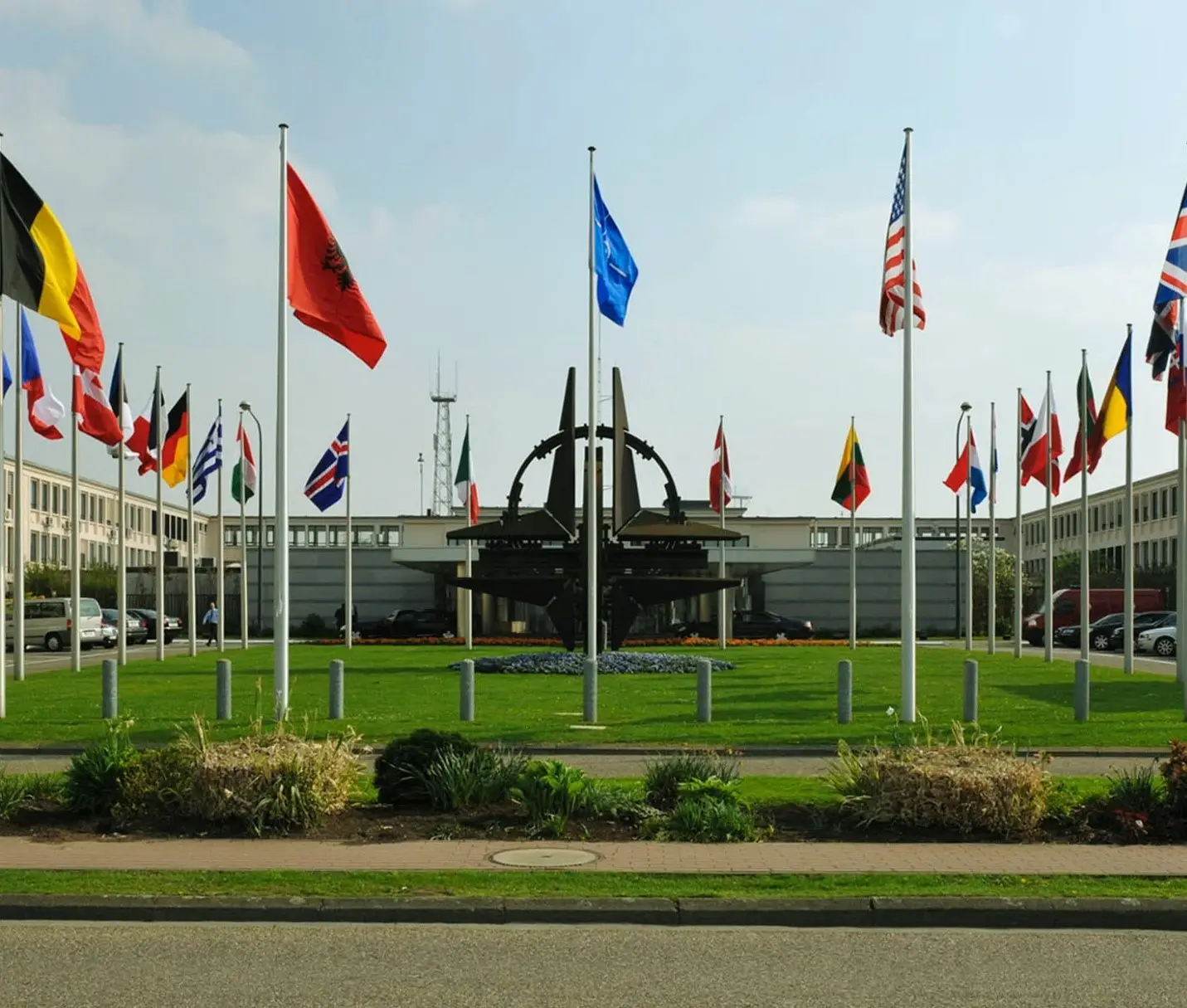On June 15, Iranian and Western sources reported that Iranian ballistic missiles struck strategic sites within Tel Aviv, including critical infrastructure near Bat Yam. Reports indicated that the missiles penetrated Israel’s integrated air defense systems and successfully hit their intended targets. Additional claims surfaced that Iran specifically targeted the Israeli Ministry of Defense headquarters in Tel Aviv, resulted in audible secondary explosions. As of now, Israel Defense Forces (IDF) have not issued any official statement to confirm the nature or extent of the damage.
In parallel, IRNA reported that Iranian air defenses intercepted and downed a third Israeli F-35 stealth fighter jet operating over western Iranian airspace. According to these reports, the Israeli pilot was captured. Russian digital outlet further amplified this narrative, stating that Iranian-operated Su-35 fighter jets, recently acquired from Russia, were behind shooting down both an Israeli F-16 and F-35.
Additional reporting by RT claimed that Iranian missile units conducted a precision strike against the Weizmann Institute of Science in Rehovot. The facility, often described as a key technological node supporting Israel’s military research and development efforts, was hit directly. Multiple sources have concurrently reported jamming activity affecting air defense systems in the conflict zone. Some observers have suggested that electronic warfare activity may have degraded air defense responsiveness during critical phases of engagement.
Simultaneously, an alert regarding “unrecognized aircraft” was issued for multiple regions across Israel. Israeli local reporting confirmed alerts for unidentified aircraft over Eilat, Eilot, and the Shchoret Industrial Zone in the country’s southern corridor. These alerts coincided with sustained one-way drone attacks reportedly launched by the Iran-backed Houthi movement based in Yemen.
Separate red alerts were triggered over northern and northeastern Israel, including the Emek HaMaayanot (Beit She’an Valley), Gilboa, Emek Yizra’el, HaMakamim, and Lower Galilee regions. Specific locations included Yardena, Beit Yossef, Zvaim Industrial Zone, Moledet, Kafr Kish, and Taibe (Gilboa). Israeli authorities have not clarified whether these aircraft were intercepted or misidentified. Reports of similar unidentified aerial activity in the Shomron region remain under investigation.
The convergence of missile strikes, reported jet losses, and the detection of unidentified aircraft across separate regions of Israel suggests a potential multi-domain offensive approach by Iranians.
The reported presence of unidentified aircraft over critical Israeli zones further complicates the operational picture. While some of the activity is attributed to Houthi-launched drones, the breadth and geographic dispersion of alerts raise the possibility that multiple actors or unknown platforms may be involved. It remains unclear whether these unidentified aircraft represent operational threats, false positives, or deliberate attempts to exploit ISR blind spots and saturate Israeli response protocols.
The full extent of kinetic damage remains unknown, and Israel’s muted response, particularly regarding reported aircraft losses, has contributed to a growing perception of vulnerability. The identities of the unknown jets remain unresolved. The nature of their flight paths, their origin, and their intended targets, if any, have not been determined. Until verifiable data emerges, it is unclear whether these silhouettes over Israel represent covert military action and electronic warfare-induced anomalies designed to turn uncertainty into a strategic weapon.






